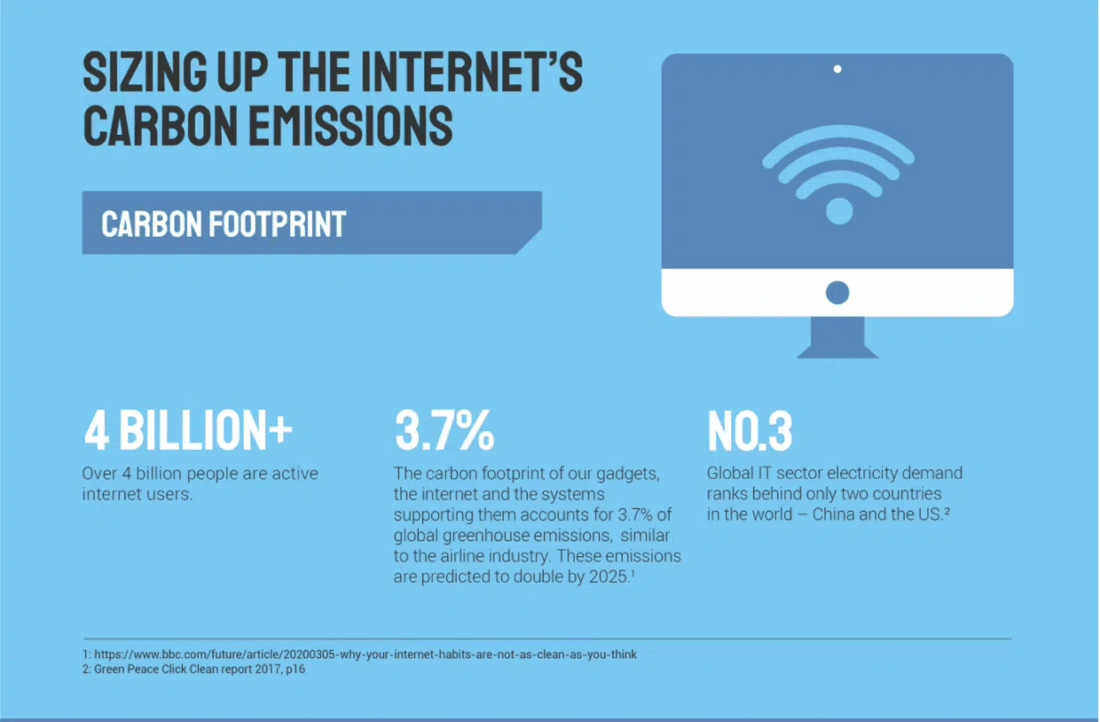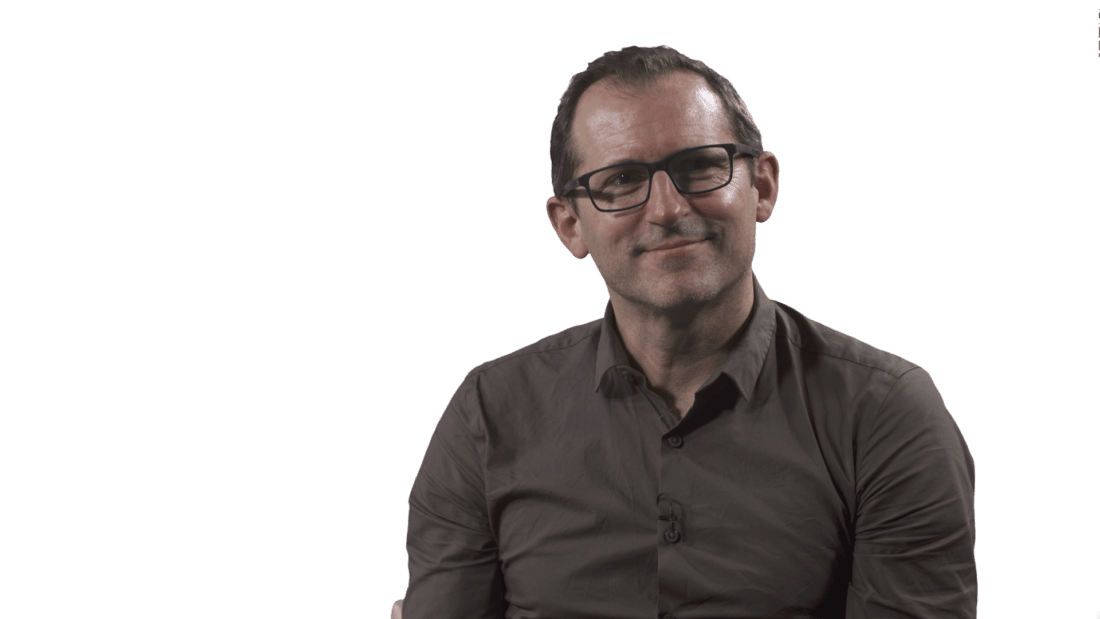There’s a lot of attention on NFTs and cryptocurrencies but I wish there would be more impetus on what could be done socially.
Guillaume Buat-Ménard is the Director of Digital Transformation at Flipside, a digital agency and team of mobile app developers focused on sustainable development and achieving a greener internet.
Buat-Ménard joined Flipside after its successful acquisition of Aqueduct. “What wakes me up in the morning is what we can do with tech sustainability socially, and how it can help us be better and work better together,” says Buat-Ménard.
In this episode of Velocitize Talks, Guillaume Buat-Ménard shares his thoughts on sustainability, responsible web design and the digital carbon footprint.
High Energy
More often than not, we equate sustainability with data centers, energy usage and consumption. If we think about the carbon footprint of an application or website, it’s not just in data centers and how it’s powered, but also how much data transfers across the internet to get to the users.

Every time a web page loads, energy is used to render data on a user’s device. Multiply this by millions of users and the ecological impact is quite shocking. Every single piece of data results in significant carbon emissions. As a result, approximately 2% of global emissions originate from information and computer technologies (ICT). Over the next decade, that number could reach as high as 20%.
According to Buat-Ménard, there are a number of factors involved in the ICT impact including website speed; number of clicks on your website; and page load time. The power required for a user’s computer or device also needs to be considered. One thing businesses can do to mitigate the impact is change their website hosting to green hosting and using either an IaaS (infrasture as a service) or PaaS (platform as a service).
Designing Responsible Websites
Design is a primary concern in terms of using modern image formats and all the way to coding.

There are many proactive moves that agencies can take to help clients become net neutral regarding their digital properties. For one, they can focus on responsible web design and engineering that can minimize carbon emissions in creating their websites.
With websites becoming larger, so is the ecological impact. Buat-Ménard recommends considering how easy it is to use your website or application, and how easy it is for users to find something. Think of the size of the images and fonts you’re using. They can be a drain on web servers while increasing energy expenses.
If you create a personalized user experience based on explicit data, it could translate into an overall shorter experience. “You’ve got a better targeted experience which means you use less clicks and you find things quicker,” Buat-Ménard says. “It contributes to a better use of people’s time and thus less carbon emissions.”
The right web hosting will also serve content faster and more efficiently, such as WP Engine and its built-in caching.
Managing Data Centers & Devices
More often than not we equate sustainability with data centers and energy usage and consumption, which is absolutely right, but we can all do a bit better.

Using data more efficiently is at the forefront of a sustainable internet due to the amount of electricity consumed by data centers. Luckily businesses have ways to manage their data centers more responsibly.
“The carbon footprint of an application or a website is not just in data centers and how it’s powered,” Buat-Ménard says. “It’s also how much data transfers across the internet.”
For example, how fast and efficient is your website? How many clicks and how many pages do users have to load before they find what they’re looking for?
WP Engine Hosting
Compared to all the other other business schools in the world, in terms of carbon footprint, they are beating them by a mile.

Recently Flipside partnered with Switzerland’s International Institute for Management Development (IMD) business school to not only improve their existing website by moving from a proprietary CMS to WordPress but also to migrate their entire on-premise infrastructure to WP Engine. This reduced their carbon footprint by three, ensuring they beat their competitors on that metric alone.
The school’s website is very content-centric, so moving them to a WordPress platform made the most sense. In fact, the transition to a new tech stack involved 10,000 pages.
To learn more about Flipside, visit their website and follow them on LinkedIn. To keep up with Guillaume Buat-Ménard, follow him on LinkedIn.





Join the conversation